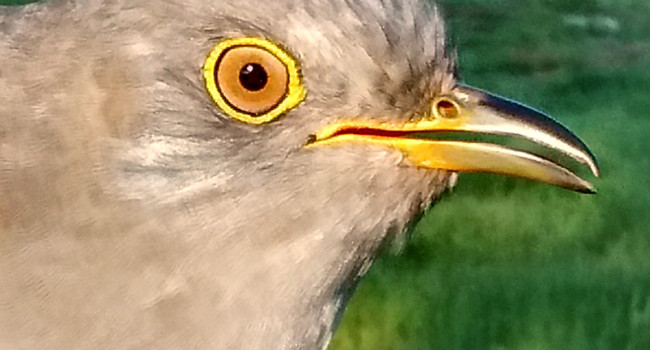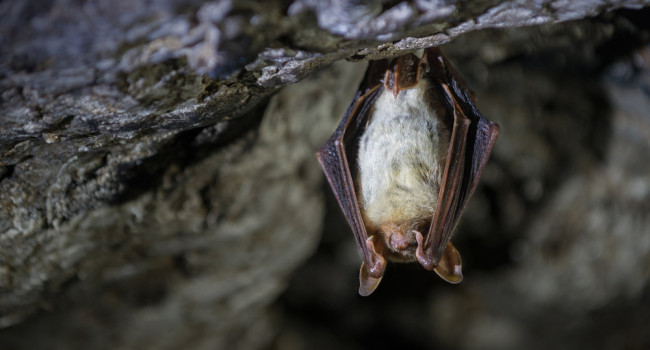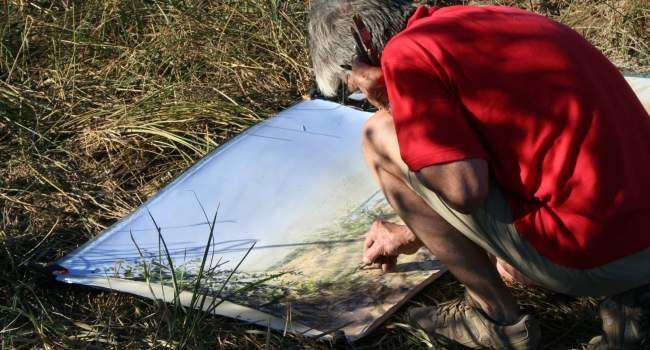Evolution of chain migration in an aerial insectivorous bird, the Common Swift Apus apus
Author(s): Åkesson, S., Atkinson, P.W., Bermejo, A., de la Puente, J., Ferri, M., Hewson, C.M., Holmgren, J., Kaiser, E., Kearsley, L., Klaassen, R.H.G., Kolunen, H., Matsson, G., Minelli, F., Norevik, G., Pietiäinen, H., Singh, N.J., Spina, F., Viktora, L. & Hedenström, A.
Published: September 2020
Journal: Evolution
Digital Identifier No. (DOI): 10.1111/evo.14093
Common Swifts have shared secrets of their spectacular migration. Brilliantly adapted for being airborne, Common Swifts (Apus apus) can fly almost nonstop during their long-haul flights to Africa each winter. In an 11 year study, researchers from BTO and 13 other organisations fitted tiny light sensor backpacks on Common Swifts to track their location – and discovered that these birds migrate differently to most other species.
Most migratory birds follow a ‘leapfrog’ pattern when they migrate. Birds that breed in the southern parts of their breeding range settle in the most northern parts of their wintering area. Because their journey is shorter than their northern counterparts, they arrive first and claim the territory, forcing the later arrivals from the north to leapfrog over and winter further south.
But Common Swifts are different. Using light data from 102 adult Common Swifts from across the European breeding range, the researchers measured sunrise and sunset times to calculate the birds’ locations. This revealed that birds which bred further south travelled to the south of Africa for the winter, and more northern breeding birds migrated to more northern regions of Africa. This is a rare pattern called chain migration, seen only in two other migratory bird species.
Looking for clues to how this may have evolved, the team estimated the locations of insects – an important food source for flying Swifts – by analysing the rainfall and resulting growth of vegetation across Africa, associated with an increase in flying insects. They found that the southern group of birds followed their food across Africa before settling in the south.
Comparing their sizes showed that the southern birds were larger and raised more young than the northern individuals, and they also began their migration around a month earlier. So these more dominant birds know when to leave to get the most food in the best location – and also claim the prime breeding grounds.
Evolution of a behaviour is tricky to tease apart, but the unusual migratory pattern of Common Swifts seems to have been driven by a combination of factors – the southerly location of both the best breeding and wintering grounds, plus competition between larger and smaller individuals. In future work, this approach could be used to investigate the migration of other species.
Abstract
Spectacular long‐distance migration has evolved repeatedly in animals enabling exploration of resources separated in time and space. In birds, these patterns are largely driven by seasonality, cost of migration, and asymmetries in competition leading most often to leap‐frog migration, where northern breeding populations winter furthest to the south. Here we show that the highly aerial common swift Apus apus, spending the non‐breeding period on the wing, instead exhibits a rarely‐found chain migration pattern, where the most southern breeding populations in Europe migrate to wintering areas furthest to the south in Africa, while the northern populations winter to the north. The swifts concentrated in three major areas in sub‐Saharan Africa during the non‐breeding period, with substantial overlap of nearby breeding populations. We found that the southern breeding swifts were larger, raised more young, and arrived to the wintering areas with higher seasonal variation in greenness (Normalized Difference Vegetation Index, NDVI) earlier than the northern breeding swifts. This unusual chain migration pattern in common swifts is largely driven by differential annual timing and we suggest it evolves by prior occupancy and dominance by size in the breeding quarters and by prior occupancy combined with diffuse competition in the winter.








Share this page